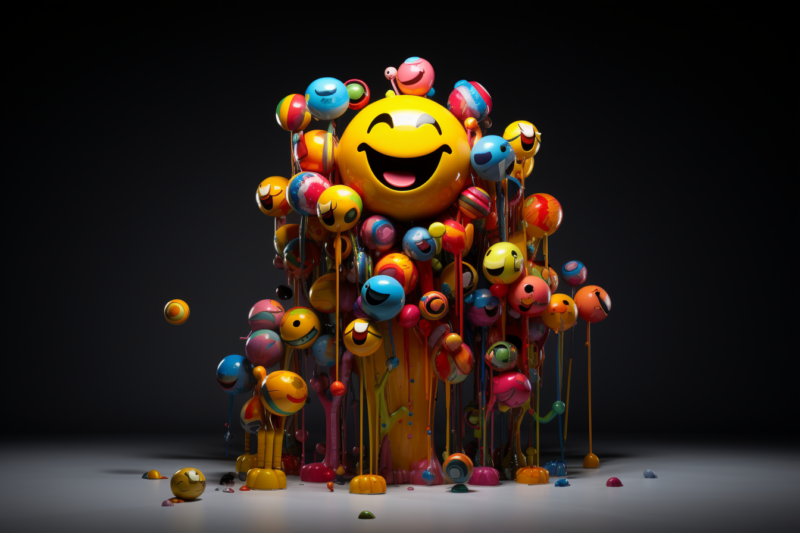The power of emojis – yes, emojis – in brand communications
Today marks the 10th annual World Emoji Day, so what better time to celebrate the way these tiny icons have changed how we communicate, Bread Agency co-founder Amaury Treguer writes.
From burning hearts to sparkling stars and a smiley for everything in between, emojis have become a global language loved by consumers. And with 3,664 emojis to choose from, they represent a goldmine for marketing communications.
Created in 1997, the word emoji, which means “picture letter” in Japanese, was officially added to the official Merriam-Webster dictionary in May 2015. Its definition is: “Any of various small images, symbols, or icons used in text fields in electronic communication (as in text messages, e-mail, and social media) to express the emotional attitude of the writer, convey information succinctly, communicate a message playfully without using words, etc.”

Created via AI (Midjourney) by Amaury Treguer


yep the oxford comma pedantry is getting tired. These are as much a part of our language as any word. The courts in Canada agree
https://www.theguardian.com/world/2023/jul/06/canada-judge-thumbs-up-emoji-sign-contract
Thanks for sharing, I didn’t see this before – that’s certainly a more recent example.